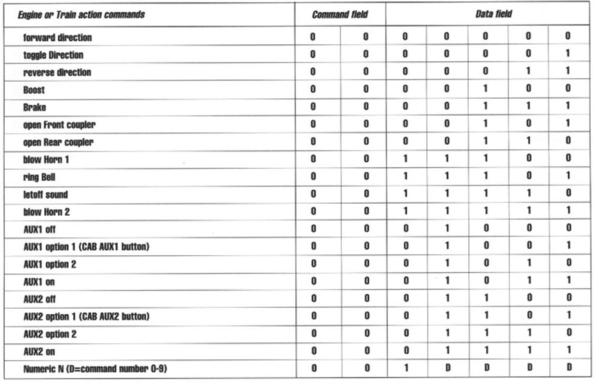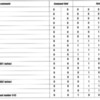Originally Posted by N.Q.D.Y.:
I may be wrong in my thinking, but if you have 8 data bits, one start bit and one stop bit, that would give you 300 bytes per second after ignoring the start & stop bits. Which equates to a standard baud rate of 2400bps. Or am I thinking too simplistically here?
2400 baud would be 2400 samples per second, or .417 milliseconds per bit. I'm seeing 9 bits pretty exactly in 3 milliseconds, which is .333 miliseconds per bit, or 3000 baud. Baud (or more correctly the modern term BPS) refers to the actual bit rate, including any start and stop bits.
BAUD refers to the number of changes in the signal, not the actual bit rate. There are some modulation schemes like QAM that transmit multiple bits for one BAUD, for instance. As it turns out, when talking about digital one's and zero's, with binary digital encoding, baud and BPS are the same.
Originally Posted by DaveJfr0:
Nice screenshots. The serial line is only 2.5VDC?
I want to do something similar, but I don't have access to an o-scope. I would try to check a regular R2LC and see if the frequency is different.
I'm not sure what other ones you did, but I'd be interested to see several captures, especially to see what the AUX1 button does to the signal…:
AUX1+0
AUX1+1
AUX1+3
AUX1+4
AUX1+5
AUX1+6
AUX1+BOOST
5 button; NO AUX
My end goal is to make a DCC decoder that acts as a R2LC and provides input to a RS chip.
My first project car would not yet drive motors, so not worried about that yet, but it would be neat to make a swappable board with the R2LC that makes a Lionel loco that swaps the TMCC for DCC…just need to make a board that accepts DCC input and can interface with what the R2LC currently sends out to its RS and motor boards…
Sounds like a good project. As far as the amplitude of the signal, that is the signal that comes right out of the R2LC, it just goes through a trace on the ERR Cruise Commander to the RS4 board set.
As far as the commands, have you looked at the The complete guide to command control - Lionel, it details all the commands. The page below is where I got the command structure from, and as you can see, it lines up exactly with the three commands I sent and what I saw. The Alt+0 button, for instance, would send the ALT1 command from the table below and then the numeric command for 0, i.e. 00010000 with a low start bit and a high stop bit. Note that a leading zero is not in the table, and also the bits come out LSB first on the serial link.
The screenshots are from an ATTEN ADC1102CAL digital 'scope, a recent acquisition for doing projects like this. I got tired of trying to see this stuff on an analog 'scope.













